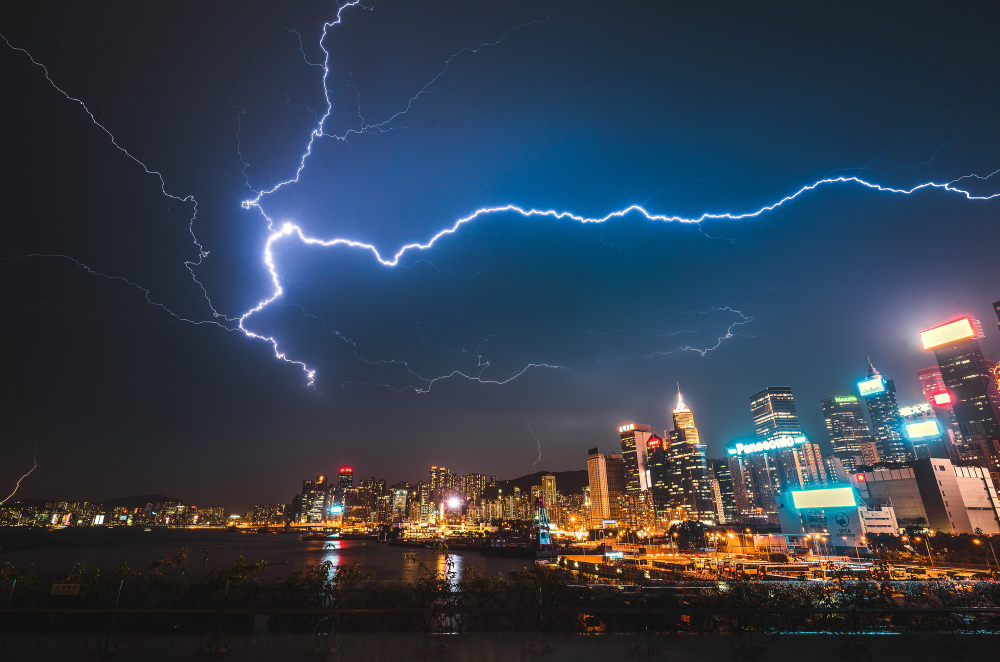
Can you imagine harnessing electricity from lightning to solve the current grid issues all across America and the world?
With scientists working on renewable energy sources every day, being able to harness energy from lightning would be a breakthrough that would benefit millions across the world.
Renewable energy often provides energy for: electricity generation to a grid, air and water heating/cooling, and stand-alone power systems. About 20% of humans’ global energy consumption is renewables, including almost 30% of electricity. About 8% of energy consumption is traditional biomass, but this is declining. Over 4% of energy consumption is heat energy from modern renewables, such as solar water heating, and over 6% electricity.
A single bolt of it carries a few billion joules of energy, sufficient enough to power a tens of homes for a day. Humanity since the time of Franklin and Maxwell has been contemplating the idea of capturing lightning in a bottle but thus far we have got very little success.
Although projects like Project First Light are ongoing with a mission to harvest energy from lightning, it is still under nascent stage. Perhaps it would take years before we could start using lightning as a renewable source of energy.
The Bradbury Science Museum did an article about this interesting topic and you can read all about it below:
While it’s true that a single lightning bolt could power the entire city of Santa Fe for about a minute, there are some issues with capturing lightning as an energy source.
First, while there are some areas of the planet (like the Sangre de Cristo mountains near Santa Fe and the Florida coast) that get a higher than average number of lightning strikes, getting lightning to exactly strike our receivers is problematic. Nature is just too erratic.
But even if we could entice lightning to routinely strike precisely where we wanted, we’d be faced with the problem of a strike’s intensity and duration. Lightning is both incredibly powerful and crazy fast. Each strike would force about fifty thousand amps of current into a battery in just microseconds. No existing battery could survive this onslaught; batteries need to charge up more slowly.
Then, even if we could design a battery that would not be vaporized by the strike, all the lightning in the world would still power only a small fraction of households. It’s true that each stroke produces up to perhaps five or ten gigajoules of energy, and a household in the U.S. needs only about five gigajoules per month—and that’s just one strike! But actually, only a fraction of that energy is in the form of electrical current—much of the energy goes to heating the air. And the process of storing the energy in a battery and then retrieving it is pretty inefficient. So, now you need a few strikes per household per month, and in the end, even if we could find a way to capture, store, and use the energy, it would power only about 0.1 percent of the world’s homes.
– Tess Light, Space and Remote Sensing group, Los Alamos National Laboratory
